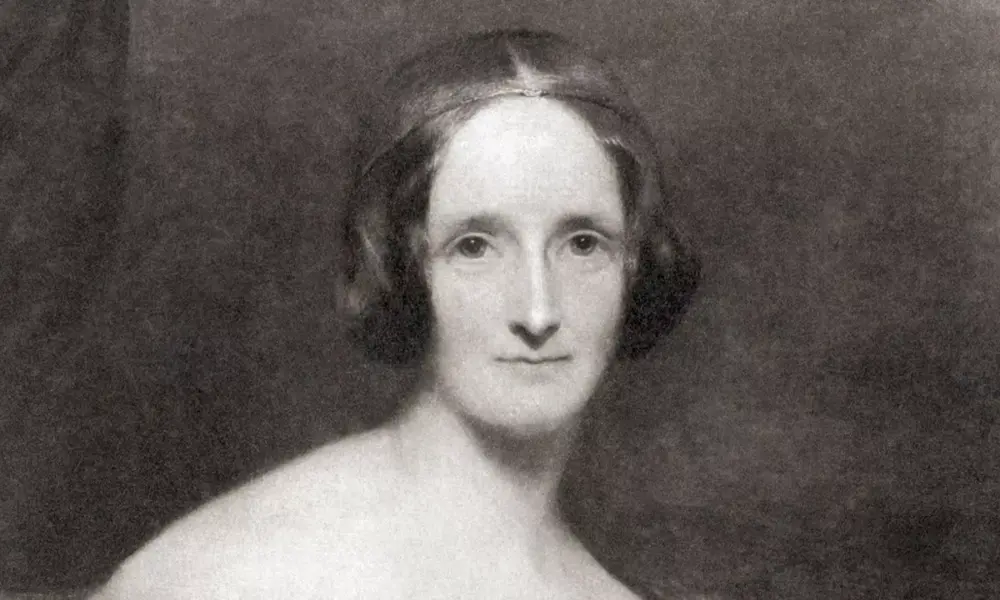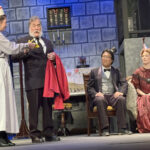The recent debut of Guillermo del Toro’s adaptation of Frankenstein has sparked renewed interest in the life of its author, Mary Shelley. This examination reveals how her unconventional upbringing and complex relationships shaped her literary genius, providing insight into the creative processes that led to one of literature’s most enduring works.
Mary Shelley’s Influential Family Background
Mary Godwin Shelley was born on August 30, 1797, to prominent intellectuals: feminist thinker Mary Wollstonecraft, known for her groundbreaking work A Vindication of the Rights of Woman, and philosopher William Godwin, a proponent of social reform and free love. Their radical beliefs on marriage and family dynamics significantly influenced Mary’s worldview. Tragically, Wollstonecraft passed away shortly after Mary’s birth, leaving a profound impact on her life.
Godwin later remarried, introducing a stepmother and half-siblings into the household, which further complicated family dynamics. Despite the challenges, Mary thrived under her father’s guidance, surrounded by notable intellectuals who frequented their home. This exposure not only nurtured her early literary aspirations but also instilled a sense of independent thought that would define her later work.
A Turbulent Romance and the Birth of ‘Frankenstein’
Mary’s adolescence marked a pivotal shift as she met the charismatic poet Percy Bysshe Shelley. Despite being married, Percy captivated Mary with his radical ideals, igniting a passionate romance that mirrored the tumultuous relationships within her own family. Initially supportive of their union, Godwin’s opposition intensified as Percy’s financial stability faltered, further complicating their bond.
In a bold act of defiance, Mary and Percy eloped, accompanied by her stepsister Claire Clairmont. Their journey together was fraught with societal condemnation and personal challenges, including financial instability and the heartbreak of losing multiple children. These experiences profoundly shaped Mary’s writing, infusing her work with themes of loss and longing for acceptance.
The summer of 1816 proved particularly significant as Mary, Percy, and Lord Byron engaged in a creative competition while staying at Lake Geneva. It was during this time that the idea for Frankenstein emerged, born from their discussions about life, creation, and the responsibilities of the creator. This novel would evolve into a seminal exploration of humanity and the consequences of unchecked ambition.
As del Toro’s interpretation of her iconic work premieres, it serves as a reminder of how Mary Shelley’s life experiences—marked by passion, heartache, and resilience—continue to resonate. Her legacy demonstrates that creativity is often shaped by the intricate dynamics of personal relationships and the societal challenges faced by individuals.
Mary Shelley’s journey from a remarkable but often tragic upbringing to becoming a literary icon exemplifies the profound impact of family and relationships on artistic expression. Her story remains an inspiration, illustrating how extraordinary lives can lead to the creation of timeless narratives that engage and provoke thought across generations.







